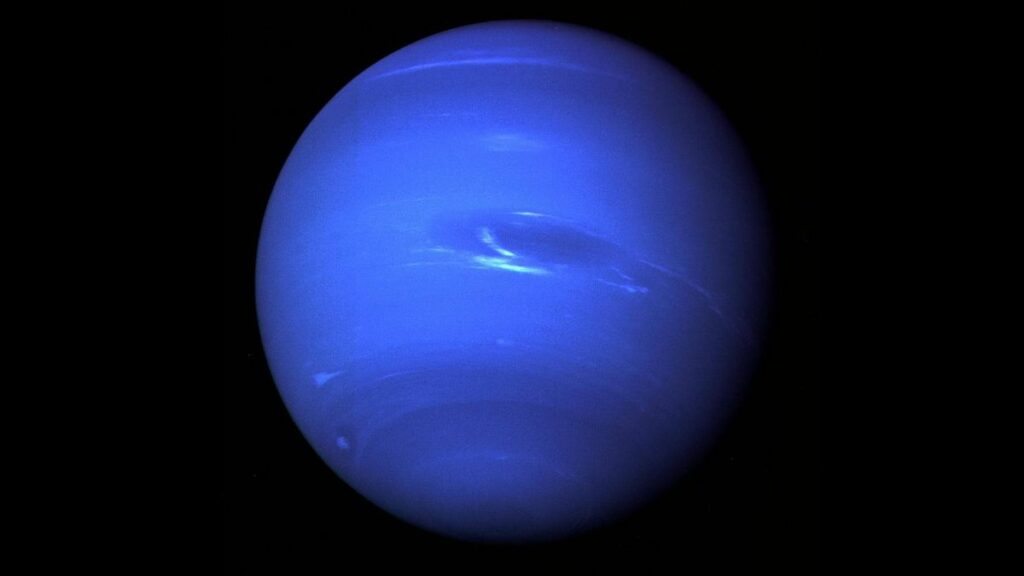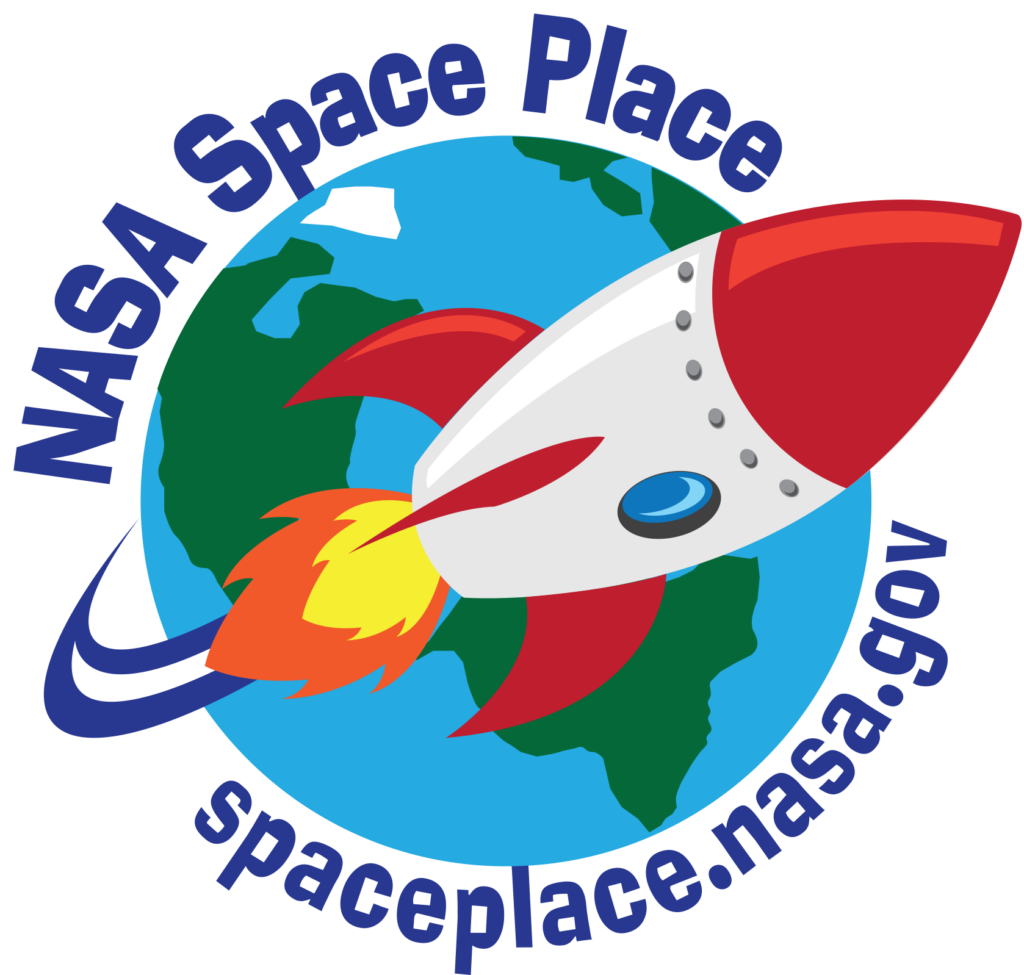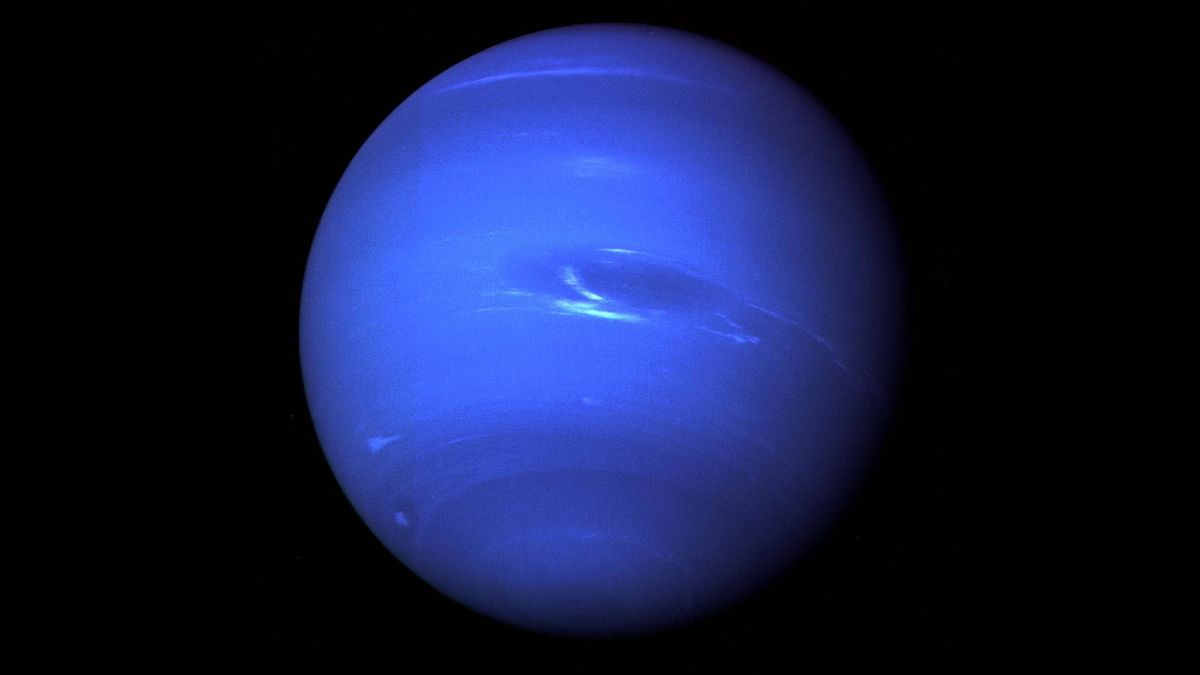Neptune is the eighth and farthest known planet from the Sun. It is the fourth-largest planet in the Solar System by diameter, the third-most-massive planet, and the densest giant planet. It is 17 times the mass of Earth, and slightly more massive than fellow ice giant Uranus. More than 30 times as far from the Sun as Earth, Neptune is not visible to the naked eye. In 2011, Neptune completed its first 165-year orbit since its discovery.

Moons: Triton, Thalassa, Hippocamp, Nereid, Galatea, Despina, MORE
Distance from Sun: 4.495 billion km
Discoverers: Urbain Le Verrier, Johann Gottfried Galle, John Couch Adams
Length of day: 0d 16h 6m
Gravity: 11.15 m/s²
Discovered: September 23, 1846
Radius: 24,622 km
This week in class we talked about gamification! Now that we have learned about all the planets in our Solar System, there is no better time to check out some games available to us to learn more!

https://spaceplace.nasa.gov/menu/play/ is a resource provided directly through NASA! The website is filled with activities, facts, and photographs for students to continue to learn about Outer Space in a way that is engaging and fun! From solar eclipses, to learning about the Sun’s energy, to man-made spacecraft, Space Place has it all!
This is a screencast of a game I liked from the website!
Okay, let’s learn more about Neptune!
Discovery and Name
The ice giant Neptune was the first planet located through mathematical calculations. Using predictions made by Urbain Le Verrier, Johann Galle discovered the planet in 1846. The planet is named after the Roman god of the sea, as suggested by Le Verrier.
Orbit and Rotation
A single rotation on Neptune, completing one full spin, takes approximately 16 hours. In Neptunian time, a full orbit around the Sun, equivalent to a year, spans about 165 Earth years, totaling approximately 60,190 Earth days.
At times, Neptune extends its distance from the Sun beyond that of the dwarf planet Pluto. Due to Pluto’s highly elliptical orbit, which brings it within Neptune’s orbit for a span of 20 years every 248 Earth years, there are intervals where Pluto is closer to the Sun than Neptune. The most recent occurrence of this proximity was observed from 1979 to 1999. Despite this, Neptune and Pluto cannot collide because of their distinct orbital ratios: for every three orbits Neptune completes around the Sun, Pluto finishes two. This consistent rhythm prevents any close encounters between the two celestial bodies.
Neptune’s rotational axis is inclined at an angle of 28 degrees concerning the plane of its orbit around the Sun, akin to the axial tilts of Mars and Earth. Consequently, Neptune undergoes seasonal variations akin to those experienced on Earth. However, due to its lengthy orbital period, each of Neptune’s four seasons endures for over 40 years. Crazy right?
Moons
Neptune has a total of 16 identified moons. The largest among them, Triton, was sighted by William Lassell on October 10, 1846, a mere 17 days following Johann Gottfried Galle’s discovery of the planet. Reflecting Neptune’s association with the Roman god of the sea, its moons are named after various minor sea gods and nymphs from Greek mythology.
A distinctive feature of Triton is its orbit, which is contrary to the direction of Neptune’s rotation, termed a retrograde orbit. This peculiar orbit suggests the possibility that Triton was once an independent celestial body captured by Neptune.
Structure
Neptune, along with Uranus, comprises the pair of ice giants within the outer solar system. Predominantly, over 80% of the planet’s mass consists of a dense, hot fluid composed of “icy” substances such as water, methane, and ammonia, enveloping a compact, rocky core. Among the gas giants, Neptune stands out as the most dense.
Researchers speculate the existence of a scalding water ocean concealed beneath Neptune’s frigid clouds. This ocean remains intact due to the immense pressure, preventing it from vaporizing despite the extreme temperatures.
Rings
Neptune’s ring system consists of a minimum of five primary rings along with four notable ring arcs that have been identified to date. Progressing outward from the planet, these main rings are designated as Galle, Leverrier, Lassell, Arago, and Adams. Scientists believe these rings to be relatively youthful and transient in nature.
https://science.nasa.gov/neptune/
